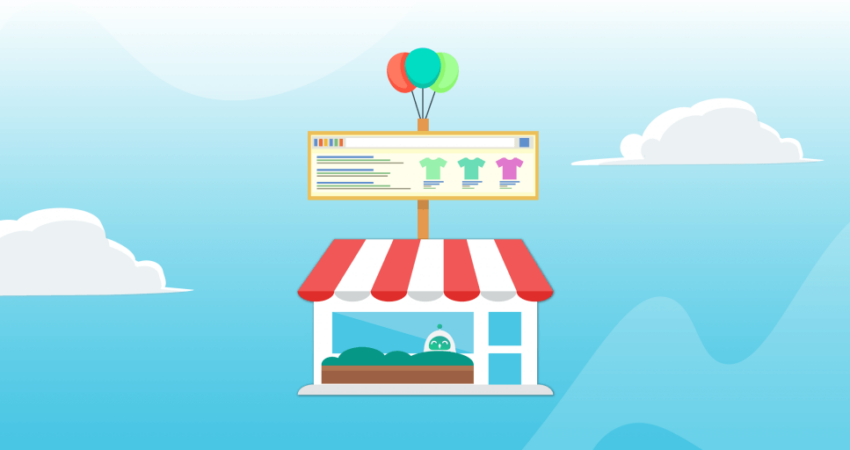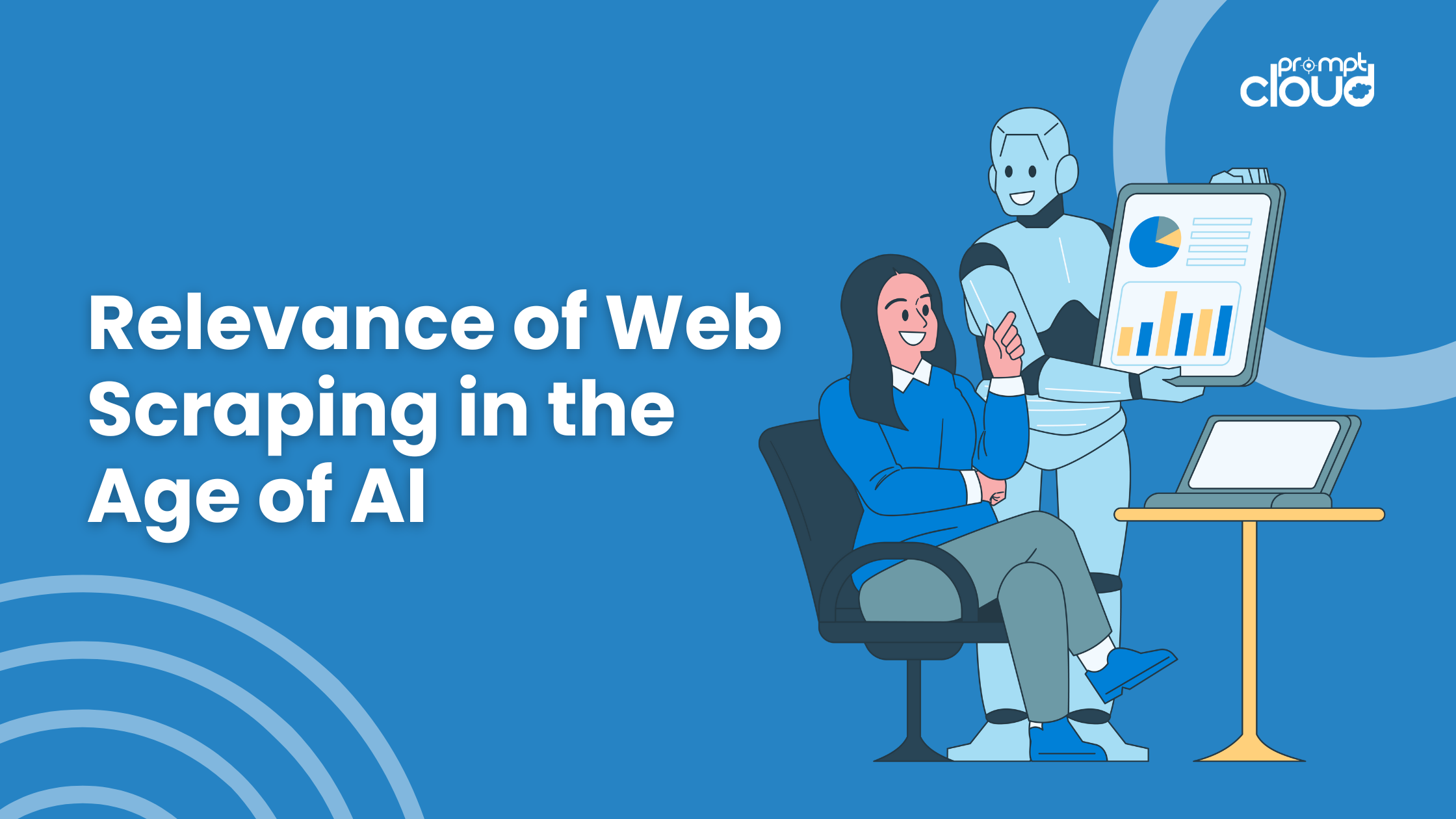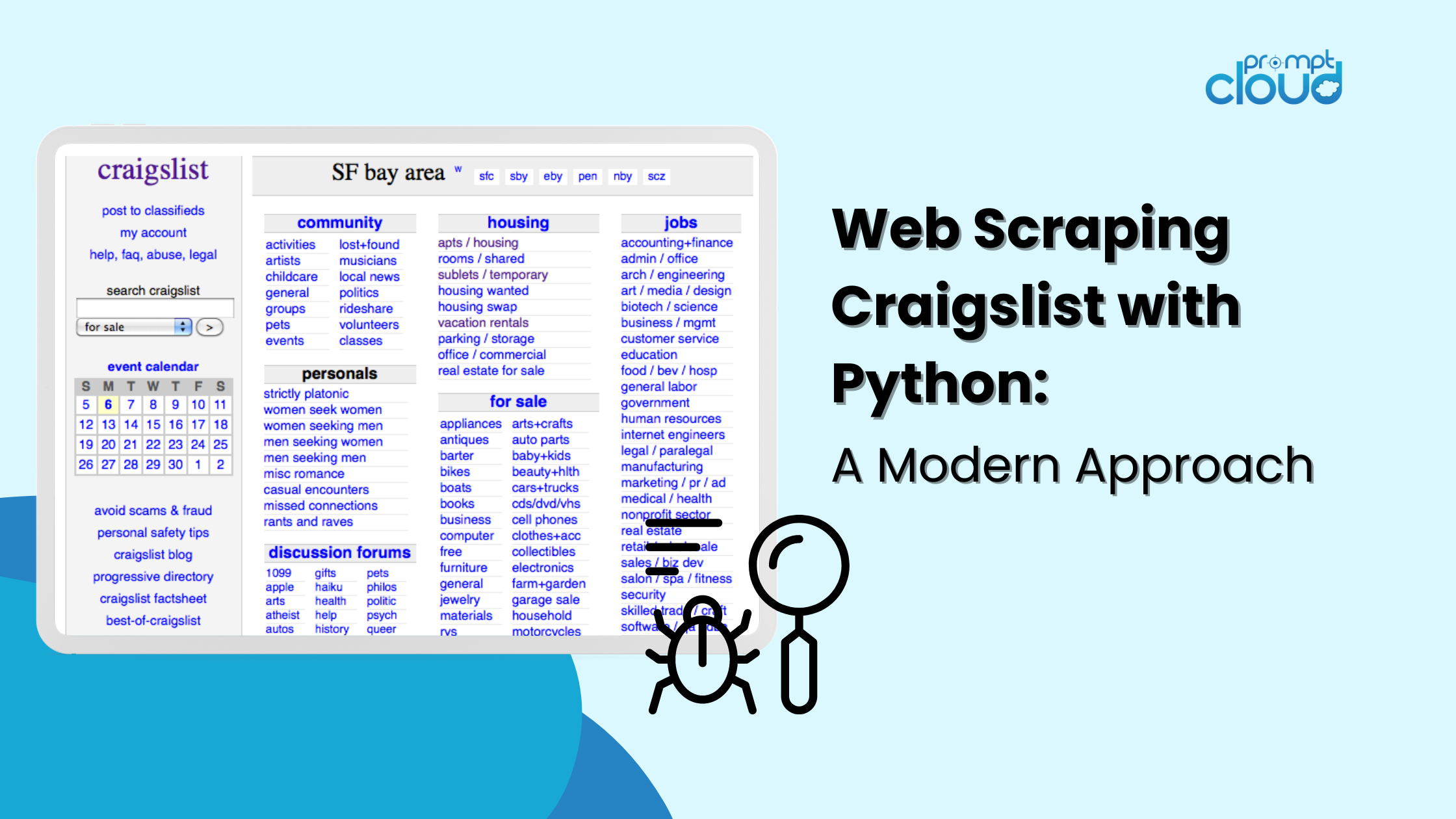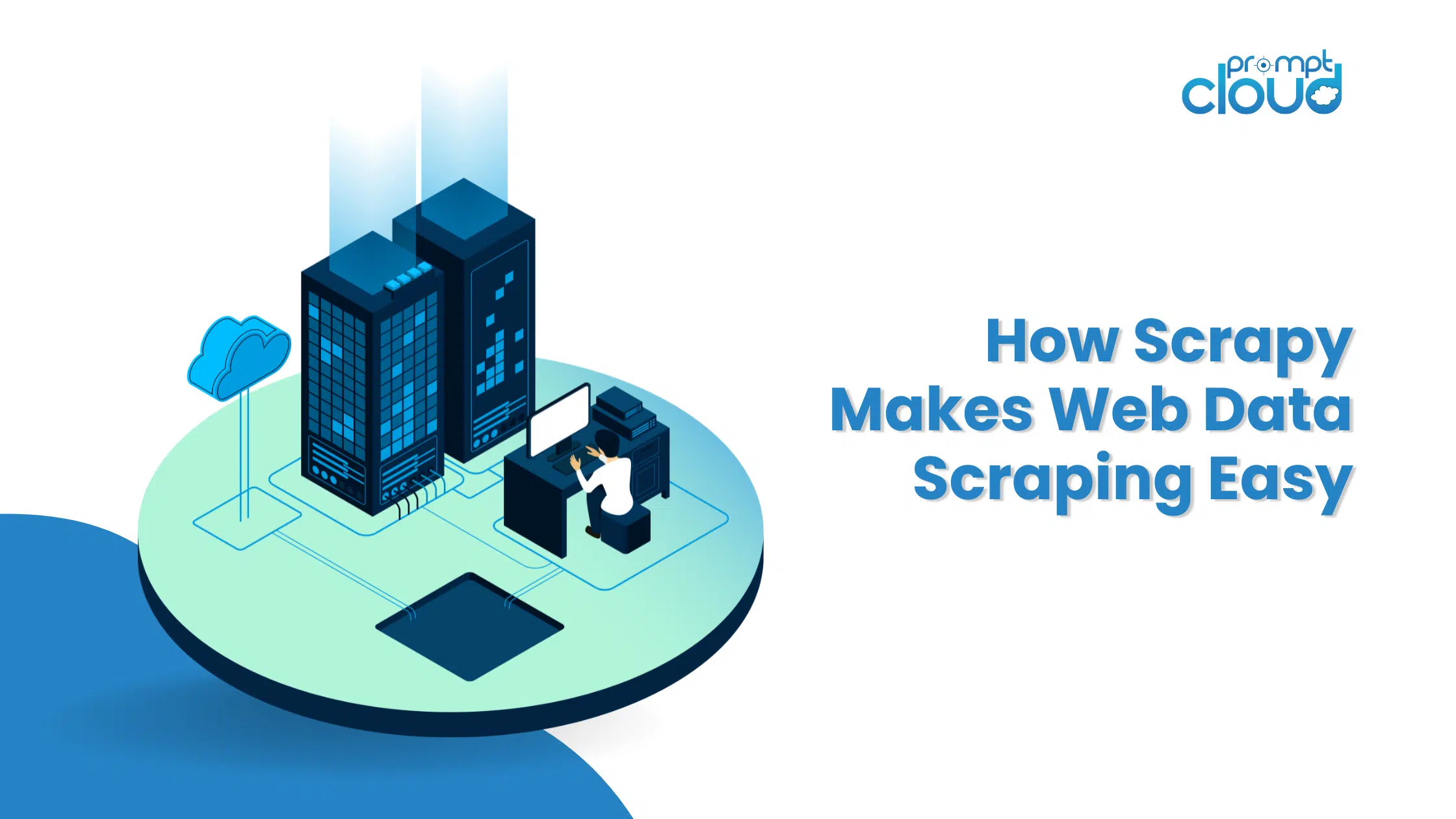
The eCommerce sector is booming. What started with doorstep delivery of books, has now changed the way people shop. Today, everything from cakes and flowers to large appliances like washing machines is delivered right at your doorstep. Along with the top players like Amazon services and eBay, there are thousands of local players that operate in specific regions around the globe and focus on niche products.
For most of them, setting up on-site servers, or tying up with warehouse and delivery partners prove to be a difficult task. Smaller companies with fewer than tenC full-time employees, find it difficult to even build and maintain websites. Customer care woes, packaging and delivery, and handling returns are also harder and costlier for small or mid-size eCommerce companies since they cannot provide the bulk orders required for lower service charges by delivery partners, warehouses, and other service providers.
Amazon Web Services (AWS)
The online boom was first predicted by Amazon, and that’s why it launched its Amazon Web Services Inc, its on-demand web services platform, way back in 2006. Although Google and Microsoft are also top competitors in this field (along with many smaller providers), Amazon AWS has a huge advantage of being the first to build cloud infrastructure and has a huge dominance in the sector. From Dow Jones to Airbnb , everyone is using Amazon AWS to make sure that setting up and maintaining business infrastructure is easier.
AWS services used by eCommerce companies:
1. Amazon EC2 Service
Having on-site servers has become a thing of the past. The reasons behind this are many-
- Setting up the hardware infrastructure would take days if not weeks.
- Installing OS and other dependencies (as well as updating and maintaining them) would take extra effort.
- In case of a sudden need for extra resources due to a rise in customer usage, it would take considerable time to upgrade the existing infrastructure.
- Even if you need 8 processors only during the peak 1 hour of a day, you would be paying for all of them, since you’re buying them altogether.
Hence most websites, today use EC2 instances on AWS to set up their servers. The biggest benefit that eCommerce sites gain on using EC2 instances is that they are charged as per usage, and at times of peak usage, extra resources are automatically allotted to them, and the charges are higher only during the peak usage time.
2. Amazon RDS
While an EC2 helps you set up a managed server in the cloud, Amazon RDS helps you set up a managed database in the cloud. Database options range from Amazon Aurora, MySQL, PostgreSQL, MariaDB, and more.
3. Amazon S3
In addition to databases and servers, there’s also a need for storage space on the cloud. This might be for various reasons- to store product images, product videos, customer information, and more.
For this, AWS has its S3 service that is charged at only $0.023/50TB per month, after the free layer of 5GB. The plus side is that it guarantees a 99.99% availability throughout the year and durability of 99.999999999% of objects across multiple Availability Zones.
4. Amazon SNS
Notifications have become a vital part of the eCommerce industry. Whether you want to notify a customer that his order has been shipped, or a partner that a product needs to be packed and ready, or your developer team that a country-specific website is down, notifications are the key to communications. Amazon SNS makes it easier by providing you with different types of notification services across your website.
5. Amazon Lambda
Serverless architecture has been the buzzword for some time now. And Amazon Lambda is a way of writing serverless code. It helps you run your code without managing or provisioning servers. You run your code and AWS scales it from tens of requests per day to thousands of them per second based on the need. Like any other service, this one is also charged based on usage only.
Amazon marketplace services
Amazon Marketplace is a place for companies that do not have their own websites but want to reach out to a wider audience. Companies selling on Amazon have two options- FBM (fulfillment by merchant) or FBA (fulfillment by Amazon). In recent years, manufacturing has seen huge growth, and third-party sellers are selling both used and new goods across Amazon, accessing Amazon’s huge customer base, at nominal pricing.
1. FBA (Fulfilment by Amazon)
As we mentioned before, under Amazon Marketplace, sellers can opt for the FBA or fulfillment by Amazon. Under this, Amazon will pick, pack, and ship your products. Amazon’s fulfillment centers will be processing your orders.
You will be availing multiple benefits-
- All your products will be eligible under Amazon Prime. That means free two-day shipping and other benefits for all prime members when they buy your products.
- Amazon also handles all returns, so that your business can run smoothly without having to worry about the logistics.
- All your products will be displayed along with the Amazon Prime logo so that people feel that your items are safe to buy since they will be covered under Amazon’s prime guarantees.
- Along with the logistics, Amazon will also be handling customer service for you, so that you do not need to worry about having your own call center or hiring an agency for the service.
- There is no limit to the number of products you can sell and Amazon’s fulfillment centers are built to scale. On top of that, on registering for an Amazon.com seller account you automatically can sell in the marketplaces of Canada and Mexico too.
- The pay-per-usage policy makes sure that you are charged only as per the storage space used by your products and the number of orders fulfilled.
2. Advertising services
Amazon’s advertising services are not just for businesses that sell on Amazon but for any brand that wants its advertisement to reach its huge customer base. If you are already selling your products on Amazon but need better visibility, you could use Amazon Ads that appear based on certain search results on product pages. You could also make your logo and a customized banner visible for search result pages of certain keywords.
In case you are a big electronics or apparel brand, you could even have your very own multi-page brand store on Amazon. Whether you sell on Amazon or not, you can buy both video or text-based advertisements on different areas of Amazon webpages.
3. Amazon Pay
Accepting payments is a major hassle for most eCommerce companies. And most companies have started to add other payment options, like e-wallets along with traditional card payment options on their checkout pages.
The benefit of using Amazon Pay in your eCommerce website is that millions of Amazon customers already use the Amazon Pay wallet and they would not think twice or worry about paying at some new website because they will have their trust in Amazon Pay.
Using Amazon Pay would also reduce drops at checkouts due to a one-click payment option, and would lead to increased conversions.
Conclusion
Third-party sellers on Amazon have been increasing at a massive pace. Currently, they capture more than 50% of the total sales on Amazon. At the same time, Amazon is also trying to boost other companies that do not sell on its marketplace by providing them with various services. So in case, you are running an eCommerce website or even a startup that needs any of the services that we mentioned, it’s better that you use existing services instead of trying to reinvent the wheel.




















